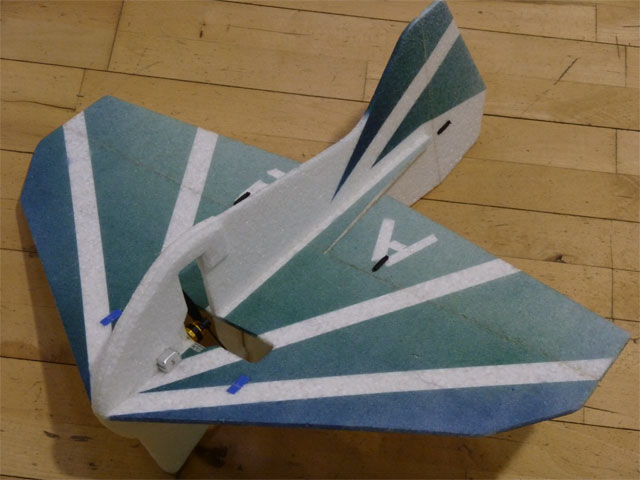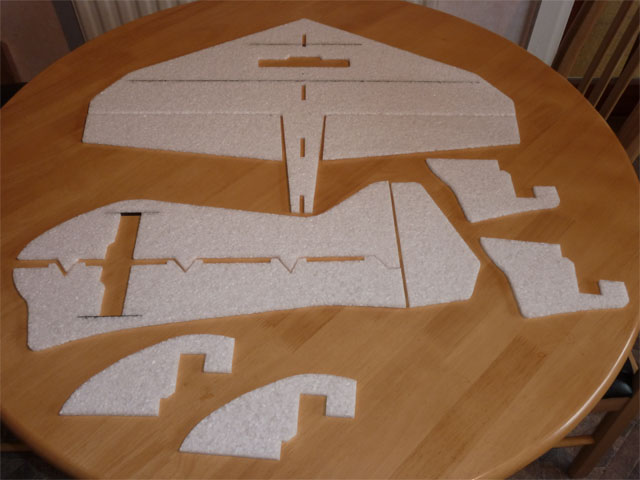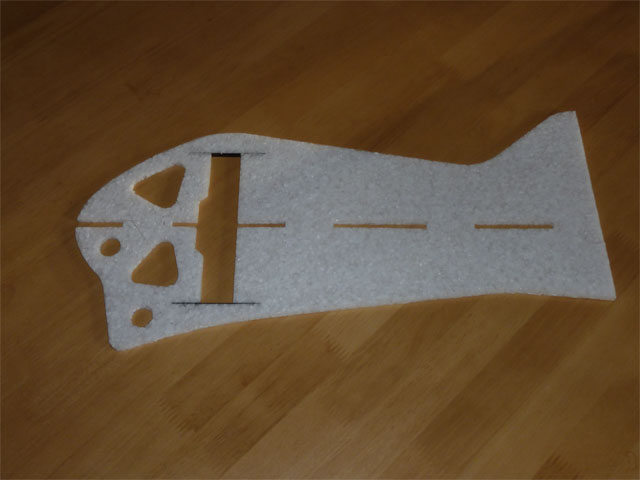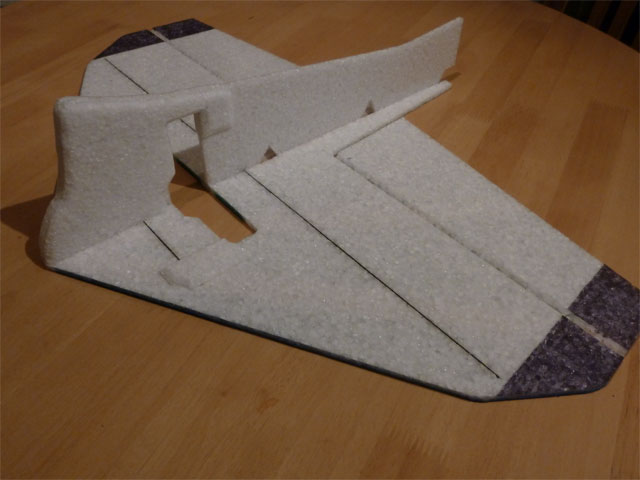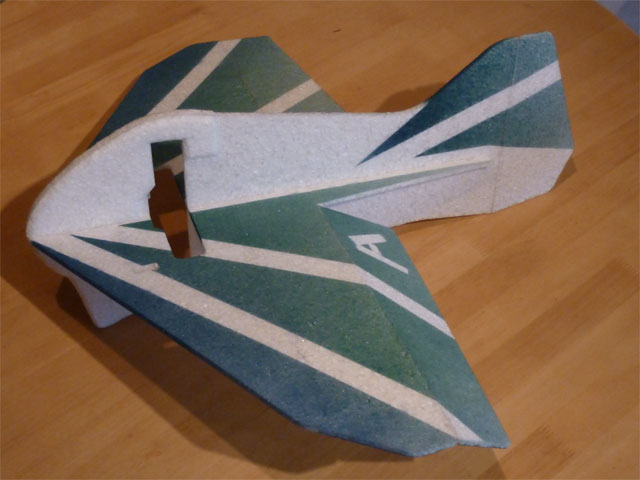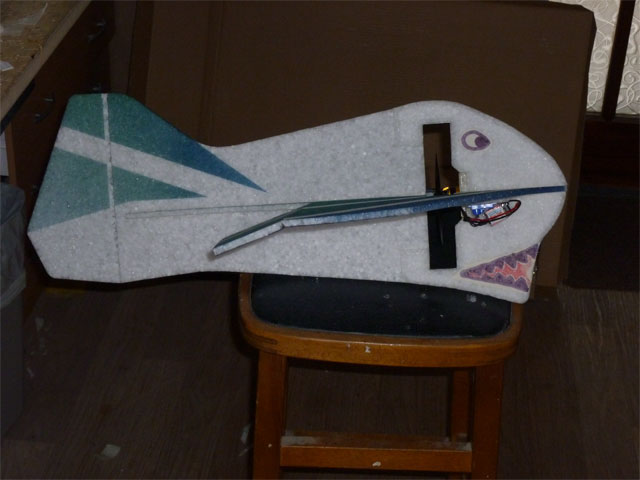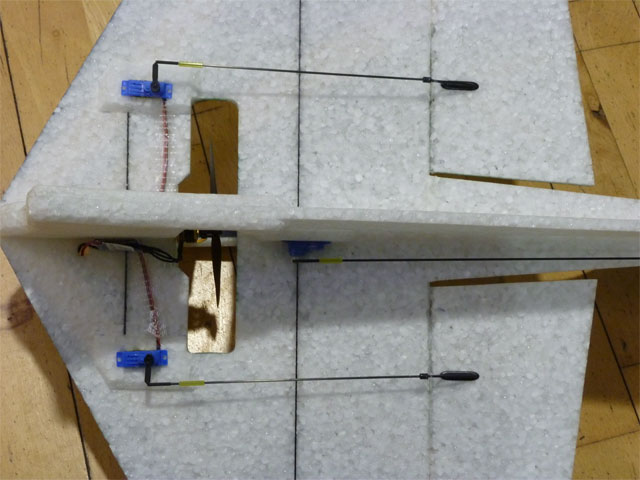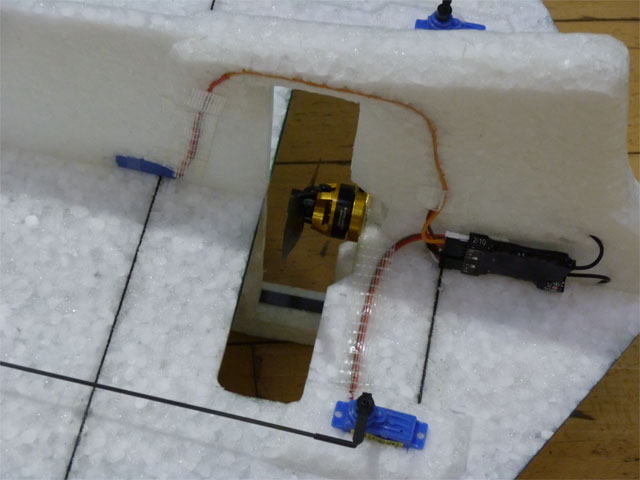31
Park Flyers / Foamies / Re: Prop Size..
« on: January 18, 2011, 11:22:23 AM »Quote from: "skyhawk newbie"
Just wondering.......Hi Sean,
I'm useing a 8x4 folding Prop with 1750Kv Brushless Motor a 20a ESC and 1500mAh Li-Po's....
What I'm thinking of doing as I have 2 sets of 9x5 Folding Props (ordered by mistake) was fitting the 9x5 to the above set up...
Will I burn the motor / ESC out ?
if not , will I be able to fly longer ?? or just Faster
Thanks
Sean
It's impossible to make a good guess as to whether this will cause you problems or give you better/worse performance without knowing a few more details.
i.e. What size is the motor? What are it's other specs and it's name? Is there any test data available from the manufacturer/distributor?
Also how many cells do you have in the 1500mAh pack. The voltage supplied to the ESC is one of the most important factors. I expect you're probably using either a 2s or 3s pack (2s = 2 cells in series, 3s = 3 cells in series) but it makes a big difference which.
There's 3 ways to know in advance how your power system is likely to perform:
1. Calculation using MotoCalc or similar software - can be very inaccurate but a good starting point if the manufacturer doesn't publish test data
2. Test data from manufacturer or other owners/testers - this is the best way to know what to expect before buying or doing your own tests
3. If there's no test data going, you can compare your motor to other similar motors (similar size stator and kV) that do have available data. This will only give you a very rough estimate. You could be a long way off.
If you don't have good data from the manufacturer and ideally even if you do, I suggest you purchase a current & voltage meter so you can see what your power system is actually doing. This is really the only way to know if you're pushing anything too hard (or not hard enough) and is essential if you need to do any trouble shooting.
The basic relationships for motor kV, prop size to electrical figures for a given power system are as follows:
Kv x supply voltage = theoretical RPM for no load (i.e. no prop)
The bigger the prop you put on a motor the lower the actual RPM will be.
As the difference between the theoretical no-load RPM and the actual RPM increases the current will also increase. So a bigger prop or a "draggier" prop will cause the current to rise. How much depends on lots of variables, some specific to the motor, some to the props, and the typical in-flight current will also depend on the airframe itself.
Lost power in the form of heat generated in the motor is down to power and efficiency. If the motor is, say, 75% efficient in an application where it's running at 16A on 7V then the electrical power input is 16x7 = 112W. Shaft power (what goes to the prop) is 112Wx0.75 = 84W and heat is 112W-84W=28W.
This 28W of heat will be made up of electrical losses from the resistance of the wires, etc and also mechanical losses due to bearings etc.
As you put more and more load on the motor the current will rise and in most of our applications the efficiency will drop. Both changes increase the heat generated. If the motor can't dissipate this heat quickly enough the motor temperature will rise high enough to damage the magnets or the burn/melt the wire insulation. That's how a motor usually dies.
...I seem to be rambling on a bit. Apologies I'll get back to the point now!
I'd guess a 9x5 prop of similar type to the 8x4 will probably cause a current increase of something between 20% and 40%.
more current = more power. If the batteries are well in spec then voltage won't drop much with the higher current and you'll get say 15% to 30% more power. The larger prop will be more efficient which will improve performance. Speed may not increase much unless the plane was originally very low on power because some of the extra pitch (5" instead of 4") will just compensate for the drop in RPM. However you should have significantly more thrust so steeper and faster climbs should be possible.
That's assuming you're still in the efficient operating range of the motor.
Aidan


